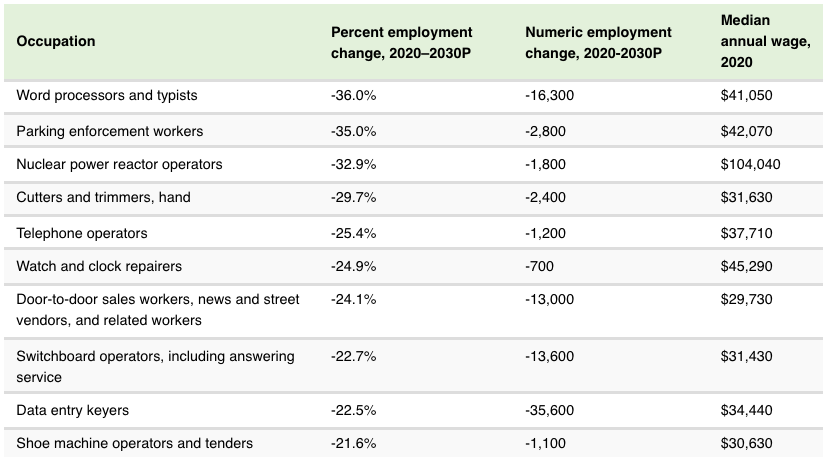
In order to make a down syndrome test, the doctor will have the mother's blood sample analyzed for DNA fragments, which are pieces of DNA that are 25 to 30 base pairs long and match a specific chromosome. The researchers counted each chromosome's gene fragments. Those women who had Down syndrome had more DNA fragments from chromosome 21 than women who did not have the condition.
Screening tests determine the likelihood of Down syndrome in babies.
Screening tests estimate the risk of a developing baby having Down syndrome. The chance of having Down syndrome babies is 1 in 1000. This means that one out of every 1,000 babies born to a mother will have the condition. 999 babies will be healthy. This is how the National Screening Committee determines a woman’s likelihood of having a Down-related baby.

Screening tests can include a blood test to determine the fluid levels of a baby, as well as age, gender, race, smoking status and gestational date. A computer program will then calculate the likelihood of a baby having Down syndrome based on the results of these tests. Some screening tests can give abnormal results even though they are accurate. You should be informed about the possible risks involved in these tests before you undergo any medical procedures.
Down syndrome diagnostic tests determine if a baby has it.
Diagnostic tests for Down syndrome include blood and ultrasound evaluations. These tests have a higher rate of false-positives than those that are done later in the pregnancy. An amniocentesis is a procedure that takes a sample of amniotic fluid from a pregnant woman to check for Down syndrome. Another test is the quadruple mark screen. This can detect neural tube defects, brain and spinal-cord defects. These tests are done around 15 to 20 weeks after the first trimester. If you're at high risk for any birth defects, your doctor may order a sample of your amniotic fluid to count chromosomes.
Ultrasound screening is another method of detecting Down syndrome in a woman's womb. This requires the woman to place a special gel onto her abdomen. Also, a small blood sample is taken. The ultrasound transducer sends sound waves through amniotic fluid. These deflect off the uterine structure. The speed at which the sound waves bounceback will depend on the density of these structures. The computer will analyze the information bounced back and create an image of the foetus.
Screening tests are not invasive
Screening tests for Down syndrome may be invasive. This is true regardless if they are associated with the possibility of miscarriage. A new study has shown that the current invasive tests have no advantage over theoretical NIPD exams. Surprisingly nearly half of all women polled said they would not consent to the tests. However, some women may choose to undergo these tests if they believe that they are not at high risk of miscarriage.

Although the screening test for DS has made enormous progress since the early 1980s, further improvements are needed. Today, the screening test for DS can be performed on between 5% and 10% of women. False negative results are reported in approximately 60% to 80%. These tests come with significant risks and are often false-positives. In 2008, screening for DS had resulted in the miscarriage of 400 babies without the disorder.
FAQ
How can I ensure my family has access quality health care?
Your state will probably have a department of health that helps ensure everyone has access to affordable health care. Some states have programs that provide coverage for low-income families who have children. To find out more about these programs, contact your state's Department of Health.
What do you think about the private sector's role?
The private sector has a vital role to play in delivering healthcare. It provides equipment that is used in hospitals, for example.
It also pays for some of the staff who work in hospitals. It makes sense that they should be involved in the management of the system.
But there are limits to what they can offer.
It is impossible for private providers to be competitive with services provided by the government.
And they shouldn't try to run the whole system. This could result in a system that isn't cost-effective.
What does "health promotion” mean?
Health promotion is about helping people to live longer and remain healthy. It emphasizes preventing sickness and not treating existing conditions.
It includes activities like:
-
Right eating
-
You need to get enough sleep
-
exercising regularly
-
Being active and fit
-
Smoking is not permitted
-
managing stress
-
Keep up with vaccinations
-
avoiding alcohol abuse
-
Regular screenings and checks
-
learning how to cope with chronic illnesses.
What is the difference in public and private health?
In this context, the terms refer both to the decisions made and those of legislators by policymakers. These policies affect how we deliver healthcare services. A decision to build or renovate a hospital could be taken locally, regionally, and nationally. Local, regional, and national officials may also decide whether employers should offer health insurance.
What are the three levels in health care facilities
General practice clinics are the first level. They provide basic medical services to patients who don't require hospital admission. They can also refer patients to other providers, if necessary. These include general practitioners, nurse practitioners, or midwives.
Primary care centers are the second level, which provide comprehensive outpatient care and emergency treatment. These include hospitals and walk-in clinics as well as urgent care centers.
The third level of care is secondary care centres, which offer specialty services such as eye surgery, orthopaedic surgery, and neurosurgery.
How can I become a creative professional in the field of health?
There are many routes to becoming a creative professional in health care. Some people start as students and others work in different fields like engineering or business.
Some choose to study a course on a specific topic like health policy, management, or leadership. Others decide to take an elective course that explores different perspectives on health and health care.
No matter what path you choose, you will be learning about topics related to healthcare through lectures, readings group discussions, assignments, projects, and assignments. You may also attend workshops, conferences, and seminars.
After completing the program, you will have the knowledge to help clients, colleagues, patients, and other members of the health care system.
You might even get a doctorate.
What are the health care services?
Patients should be aware of the fact that they have 24/7 access to high-quality healthcare. We are here to help, no matter if you have an emergency or need a routine check-up.
There are many types of appointments available, including outpatient and emergency procedures, walk-ins, same day surgery, same-day surgeries, and emergency department visits. We also provide home care visits for those who live far from our clinic. If you do not feel at ease in our office, you can be referred to your nearest hospital.
Our team includes nurses, doctors, pharmacists, dentists, and other professionals dedicated to providing excellent patient service. We strive to make every visit as simple and painless for our patients.
Statistics
- The healthcare sector is one of the largest and most complex in the U.S. economy, accounting for 18% of gross domestic product (GDP) in 2020.1 (investopedia.com)
- For instance, Chinese hospital charges tend toward 50% for drugs, another major percentage for equipment, and a small percentage for healthcare professional fees. (en.wikipedia.org)
- Over the first twenty-five years of this transformation, government contributions to healthcare expenditures have dropped from 36% to 15%, with the burden of managing this decrease falling largely on patients. (en.wikipedia.org)
- Healthcare Occupations PRINTER-FRIENDLY Employment in healthcare occupations is projected to grow 16 percent from 2020 to 2030, much faster than the average for all occupations, adding about 2.6 million new jobs. (bls.gov)
- Foreign investment in hospitals—up to 70% ownership- has been encouraged as an incentive for privatization. (en.wikipedia.org)
External Links
How To
What are the Four Health Systems?
Healthcare systems are complex networks of institutions such as hospitals and clinics, pharmaceutical companies or insurance providers, government agencies and public health officials.
The ultimate goal of the project was to create an infographic that would help people to better understand the US health system.
Here are some key points.
-
Annual healthcare spending amounts to $2 trillion, or 17% of GDP. This is nearly twice the amount of the entire defense spending budget.
-
Medical inflation was 6.6% in 2015, higher than any other category of consumer.
-
Americans spend on average 9% of their income for health care.
-
As of 2014, there were over 300 million uninsured Americans.
-
Although the Affordable Healthcare Act (ACA), was passed into law, implementation has not been completed. There are still many gaps in coverage.
-
A majority of Americans believe that the ACA should continue to be improved upon.
-
The US spends the most money on healthcare in the world than any other country.
-
Affordable healthcare for all Americans would reduce the cost of healthcare by $2.8 trillion per year.
-
Medicare, Medicaid, as well as private insurers, cover 56% all healthcare expenditures.
-
There are three main reasons people don't get insurance: not being able or able to pay it ($25 billion), not having the time ($16.4 billion) and not knowing about it ($14.7 trillion).
-
HMO (health management organization) and PPO(preferred provider organisation) are the two types of plans.
-
Private insurance covers many services, including doctors and dentists, prescriptions, and physical therapy.
-
Public programs cover hospitalization, outpatient surgery, nursing homes, hospice care, long-term care, and preventive care.
-
Medicare, a federal program, provides seniors with health insurance. It pays for hospital stays and skilled nursing facility stays.
-
Medicaid is a joint state-federal program that provides financial assistance to low-income individuals and families who make too much to qualify for other benefits.